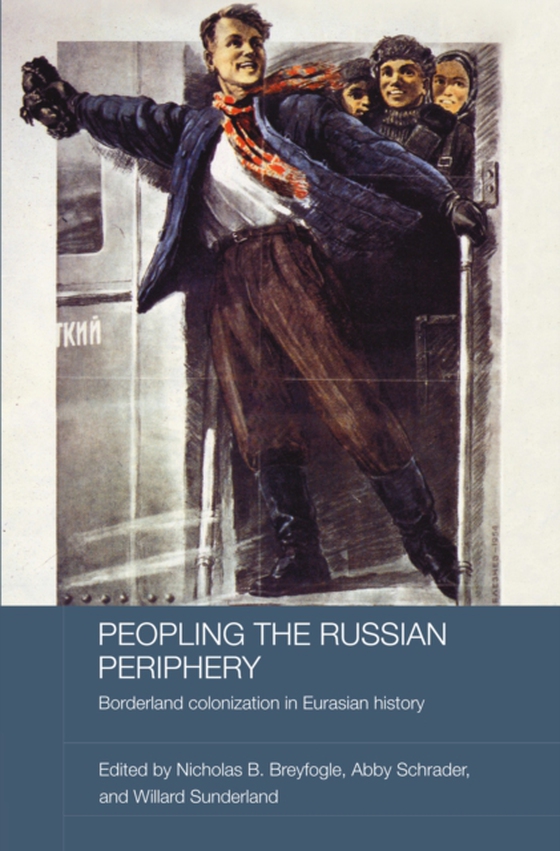
Peopling the Russian Periphery e-bog
473,39 DKK
(inkl. moms 591,74 DKK)
Though usually forgotten in general surveys of European colonization, the Russians were among the greatest colonizers of the Old World, eventually settling across most of the immense expanse of Northern Europe and Asia, from the Baltic and the Pacific, and from the Arctic Ocean to Central Asia. This book makes a unique contribution to our understanding of the Eurasian past by examining the poli...
E-bog
473,39 DKK
Forlag
Routledge
Udgivet
2 november 2007
Længde
304 sider
Genrer
1DVUA
Sprog
English
Format
pdf
Beskyttelse
LCP
ISBN
9781134112883
Though usually forgotten in general surveys of European colonization, the Russians were among the greatest colonizers of the Old World, eventually settling across most of the immense expanse of Northern Europe and Asia, from the Baltic and the Pacific, and from the Arctic Ocean to Central Asia. This book makes a unique contribution to our understanding of the Eurasian past by examining the policies, practices, cultural representations, and daily-life experiences of Slavic settlement in non-Russian regions of Eurasia from the time of Ivan the Terrible to the nuclear era. The movement of tens of millions of Slavic settlers was a central component of Russian empire-building, and of the everyday life of numerous social and ethnic groups and remains a crucial regional security issue today, yet it remains relatively understudied. Peopling the Russian Periphery redresses this omission through a detailed exploration of the varied meanings and dynamics of Slavic settlement from the sixteenth century to the 1960s. Providing an account of the different approaches of settlement and expansion that were adopted in different periods of history, it includes detailed case studies of particular episodes of migration. Written by upcoming and established experts in Russian history, with exceptional geographical and chronological breadth, this book provides a thorough examination of the history of Slavic settlement and migration from the Muscovite to the Soviet era. It will be of great interest to students and scholars of Russian history, comparative history of colonization, migration, interethnic contact, environmental history and European Imperialism.
 Dansk
Dansk

